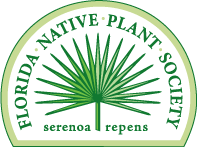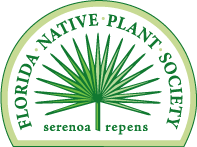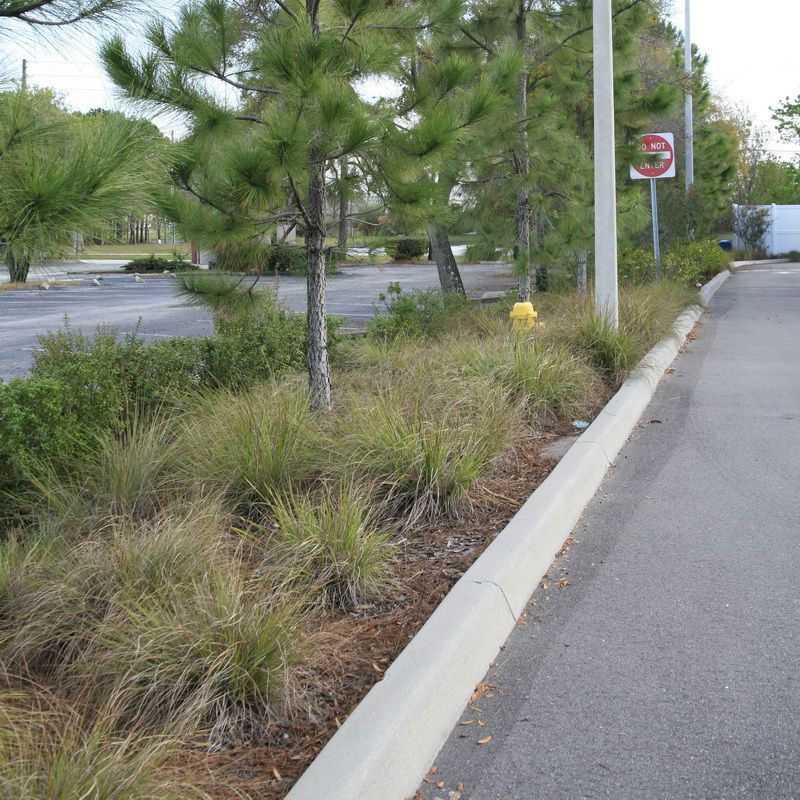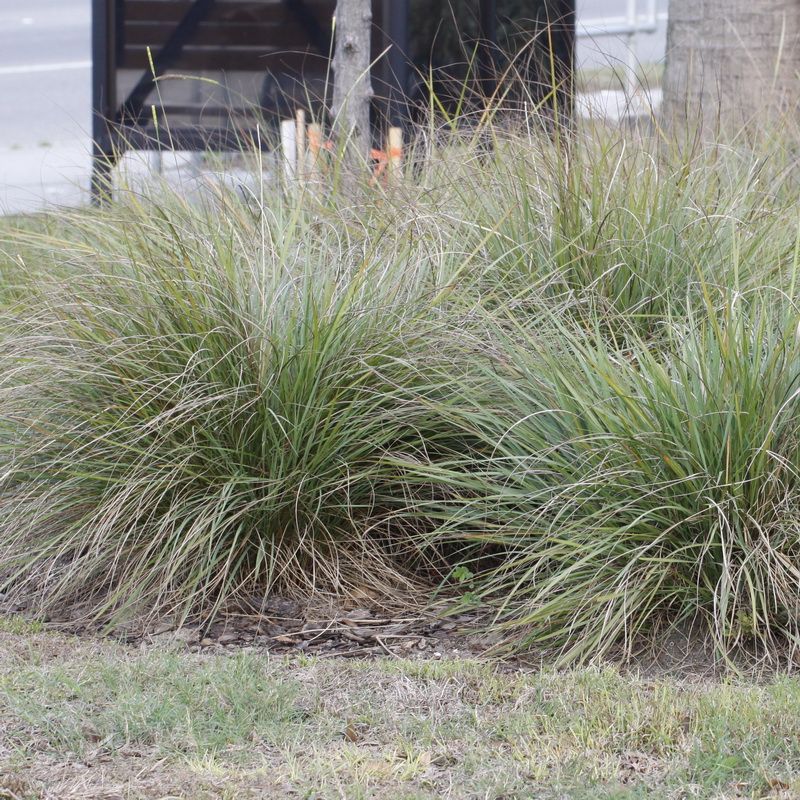FNPS Plant Database
Tripsacum floridanum
Nomenclature
Common Name:
Synonym(s):
Genus species:
Family:
Poaceae (Gramineae)
Plant Specifics
Form:
Size:
Life Span:
Long-lived perennial
Flower Color:
Fruit Color:
Phenology:
Noted For:
Landscaping
Recommended Uses:
Considerations:
Availability:
Propagation:
Light:
Moisture Tolerance:
Always Flooded---------------------------------Extremely Dry
□□□□□□□□□□□□□□□□□□□□□■■■■■■■■■■■■■■■■■■□□□
Somewhat moist, no flooding -to- Very long very dry periods
Salt Water Flooding Tolerance:
Unknown
Salt Spray/Salty Soil Tolerance:
Low/no tolerance of salty wind or direct salt spray
Soil or Other Substrate:
Sand, Lime Rock
Soil pH:
Suitable to Grow In:
8A,8B,9A,9B,10A,10B

USDA zones are based on the average annual extreme minimum winter temperature.
Don't know your zone? Click here to search by zip code.
Ecology
Wildlife:
Larval host for Byssus Skipper ( Problema byssus ).
Seeds are eaten by birds. Provides cover for lizzards and other small animals.
Native Habitats:
Natural Range in Florida:
Visit the USF Libraries Atlas of Florida Plants
Comments:
Ethnobotany:
General Comments:
Grows well well north of its native range. Documented in very southern counties with an outlier in Martin County -- that outlier is also unique in that it was collected near a cypress dome.
Closely related to corn, this species has been crossed with maize to produce a corn that is resistant to Helminthosporium turcicum, the fungus that causes northern leaf blight (Wikipedia).
Listed as Threatened in Florida.
Citations:
Huegel, Craig, N. 2012. Native wildflowers and other ground covers for Florida landscapes. University Press of Florida, Gainesville, FL.
IRC (salt tolerance),
Nelson, Gil. 2003. Florida's Best Landscape Plants. Association of Florida Native Nurseries.
Wikipedia
Wunderlin, R. P., B. F. Hansen, A. R. Franck, and F. B. Essig. 2021. Atlas of Florida Plants ( https://florida.plantatlas.usf.edu/ ). Institute for Systematic Botany, University of South Florida, Tampa.








